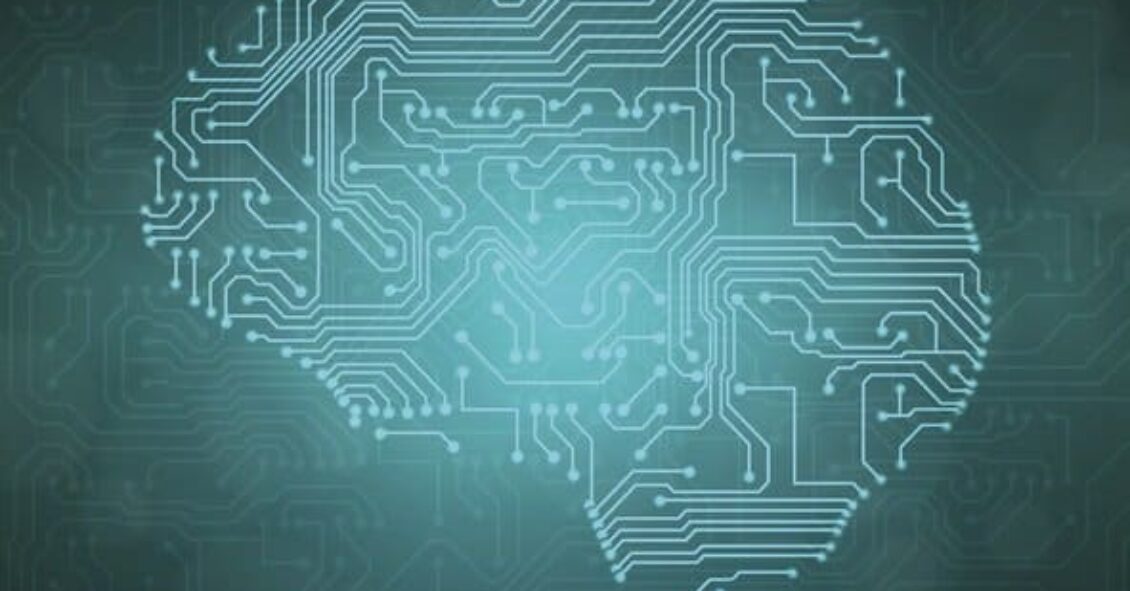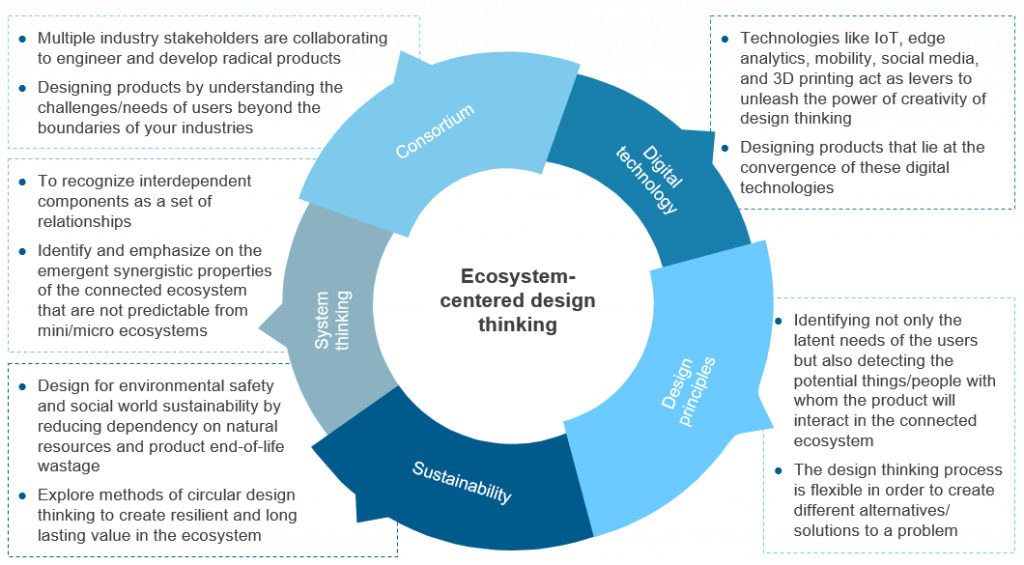
If you had a 10pm craving for a hot pizza to be delivered to you in the 1990’s, you’d pick up the telephone and call your local pizza restaurant. In the early 2000’s, you’d satisfy that late night hunger by logging into a pizza chain’s website and placing an order to be delivered by the nearest location. Now, you can just sit back in your easy chair and instruct Amazon Alexa or Google Home to place your order with one of several chains.
But the only way this can happen is through a global connected ecosystem in which many players must interoperate to deliver a satisfying, end-to-end customer experience. Without an intricate connection among your intelligent personal assistant, a technology provider, a network provider, etc., you’ll be left longing for a pizza that never arrives.
This simple (and hunger-inducing!) example illustrates the need for what Everest Group calls “ecosystem-centric design thinking” in the product development space.
The goal of this approach is to design and engineer products that have significant intelligence, and are built to interoperate in today’s environment in which the lines between humans and machines are becoming increasingly blurred. It takes into consideration that optimizing individual touch points is insufficient to deliver a truly satisfactory overall journey, and that consumers today do not separate products or services from the experience of buying and owning them. As a result, the entire end-to-end “package” needs to be carefully designed. For example, a manufacturer of a smart home alarm system must design its product in line with device OEM providers, a platform provider, a network provider, a technology provider, etc.
Ecosystem-centric design thinking works on following underlying principles:

Ecosystem-centric design thinking – enabled by capabilities such as the Internet of Things, open innovation, 3D printing, augmented and virtual reality, and edge analytics, machine learning, and artificial intelligence – is already being utilized in numerous industries. For instance, Nike Plus Group is embedding sensors in the shoes of runners to engage with the runners and their social network, enabling it to develop deep running experience insights upon which to design new products and events. Another example is Local Motors, which has established an open innovation platform for anyone to share their ideas for development of smart vehicles. Next-generation products such as live hologram projectors and smart mirrors are also entering the market.
Not sure whether ecosystem-centric design thinking is for you or not? Everest Group has conducted deep-dive research on design-thinking augmentation in the rapidly evolving product engineering space. Our recently released report, “Designing Products in the Age of Human-Machine Nexus for the Global Connected Ecosystem” provides details on the why’s and what’s behind ecosystem-centric design thinking, and contains a questionnaire that will help you determine if the time is right you for to start exploring it.










